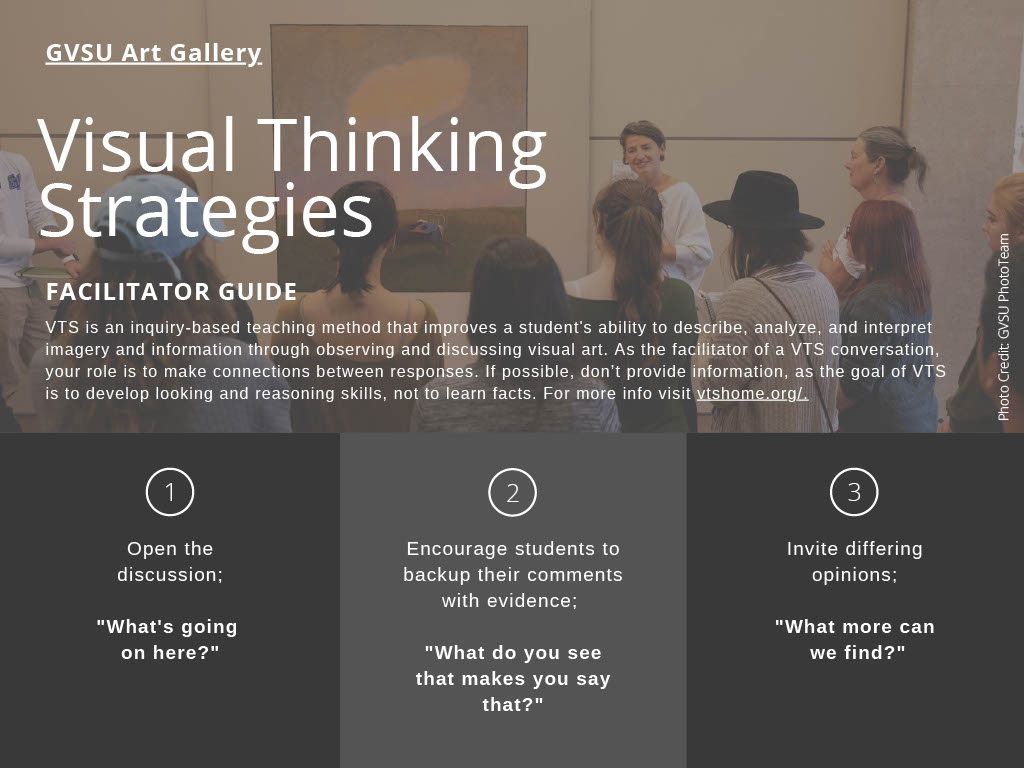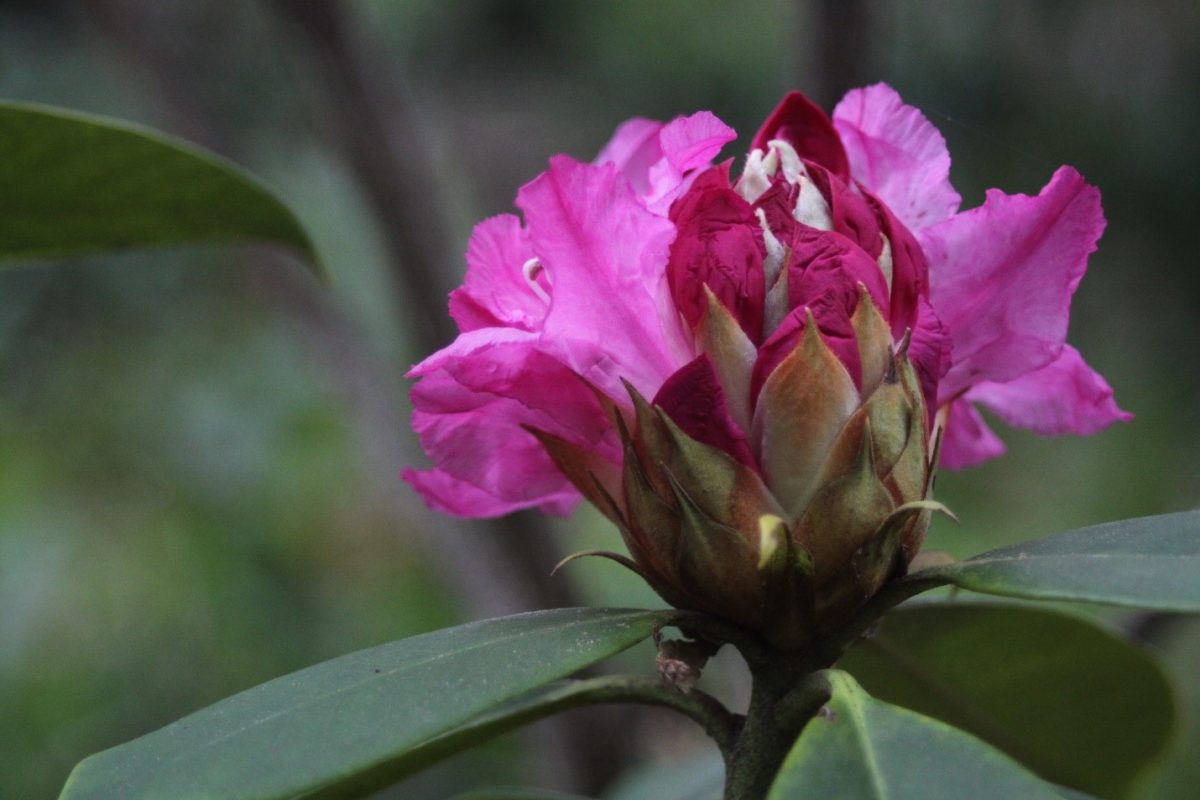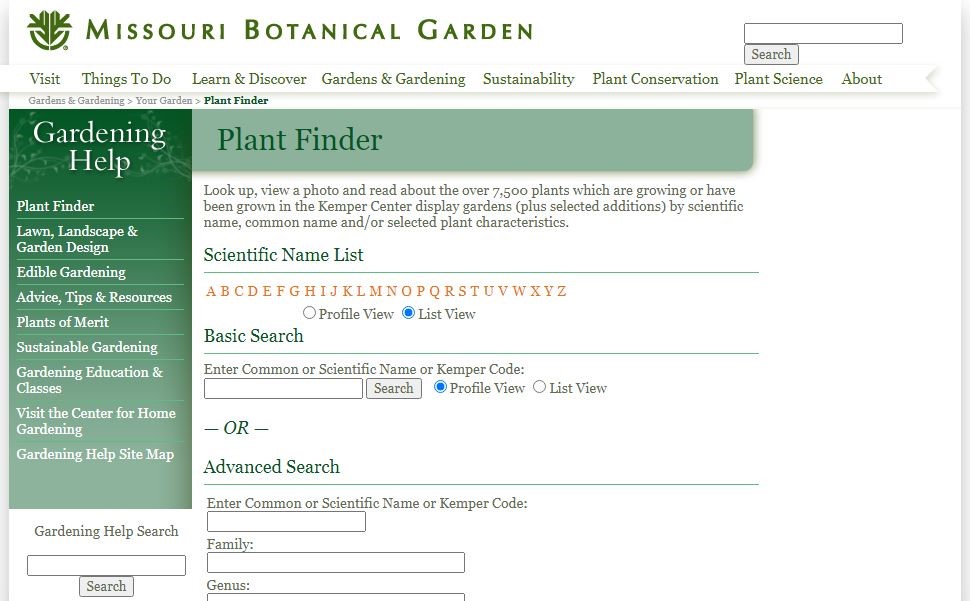by Britt Board
Hi, my name is Britt and I’m not a plant expert. I am but a lowly plant appreciator and part of the administrative team at the RSBG.
Since I started in 2018, I’ve been fixing my coworkers with confused stares and asking lots of questions to help me better understand the complex and infinitely wide world of botany. For those of you who are like me – woefully plant ignorant – delving into the science and art of understanding plants is daunting. During my short tenure, I’ve come to understand that there are ways to take small, digestible bites of this content. Ultimately, like learning a new language or basic carpentry or how to sew, it’s about skill-building. Having worked in art museums most of my career and preached the gospel of Visual Literacy, I’d like to introduce Plant Literacy and how it might be achieved.
The following is a framework through which I have come to understand core concepts that serve as building blocks for understanding plants. If, like me, you are a nature lover and want to learn more about plants, especially in Washington State, I hope this is a helpful place to start.
Close Looking –
Perhaps the most useful and the most intuitive skill in beginners’ botany is close observation. Too often, we skim our way through life when there’s much to be learned by slowing down and carefully observing your subject and surroundings.
In the art museum world, there’s a teaching tenet called Visual Thinking Strategy (VTS), a simple set of questions that facilitators can use to encourage close observation, problem solving, and collective group understanding around a single work of art. In a nutshell, VTS is all about asking the right questions to encourage people to learn and observe for themselves. The idea being that if people arrive at an understanding on their own terms, the concept sticks and, as a bonus, it’s a more enjoyable way to learn. VTS is centered around three key questions:
- What’s going on?
- What do you see that makes you say that?
- What more can we find?
That’s it. Seemingly simple, but infinitely useful and surprisingly applicable to plants. From noticing that a pest might be tearing through your tomatoes to understanding what growing conditions species enjoy to remembering plant characteristics that will ultimately lead you to successful plant identification.
So, my first and most fundamental suggestion is that you start by slowing down, asking these three questions to yourself (or a very patient plant-minded friend), and seeing what you can learn by close observation.

Pictured: A brief overview of Visual Thinking Strategies for facilitators. Source: Grand Valley State University website: https://www.gvsu.edu/artgallery/visual-thinking-strategies-152.htm
Tap Helpful Resources – There’s no shortage of information available, but sometimes it’s about finding the right tools. Here’s a list of a few plant and botany resources that have helped me along the way:
- PlantNet – Put simply, this phone app uses photo recognition technology to ID plants. All you need to do is take a picture, upload it to the app, answer a question or two, and you’ll get an ID on the spot. Even better? You’re contributing to a cache of data about plants from all over the world as a citizen scientist. The PlantNet database, while not perfect, continues to improve as more information is collected.
- Plant Finder by Missouri Botanical Garden – Many botanical gardens have comprehensive plant databases, but this one certainly stands out. It houses a staggering 7,500 species and includes a wide range of information, like growing tips, noteworthy characteristics, problems and pests, hardiness, and more.
- Resources for Kids – Though it requires a little pride swallowing, there are many educational tools for kids of all ages that are incredibly useful. Designed by educators and botanists but made for beginners’ minds, these tools will provide a much-needed refresher on foundational knowledge. One of my favorites is The Basics of Botany by the New York Botanical Garden. Sure, some of it will be way too basic, but chances are you probably don’t remember the difference between a petiole and pedicel. The clearly defined terms are a refreshing reprieve from the oft-dense world of botany.
- Indigenous Knowledge – Native Americans have lived amongst local plants since time immemorial. There’s much to be learned from tribes, including traditional and modern uses for native plants. Here’s Jamestown S’Klallam Tribe’s Selection of Pacific Northwest Native Plants: Traditional Modern and Harvest Use.
Pictured: Screenshot of Missouri Botanical Garden’s Plant Finder tool. Source: https://www.missouribotanicalgarden.org/plantfinder/plantfindersearch.aspx
Know your Nomenclature – Most of us have heard the gibberish that is a Latin plant name. Even botanists sometimes butcher plant name pronunciation. But of course, it’s not gibberish at all. Plant nomenclature and taxonomy is systematic, and a name alone can reveal a lot of information about a plant. Language geeks rejoice – there are plenty of root words in plant names that you might recognize. So where to start? Let’s use Rhododendron macrophyllum as an example, one of our Washington native rhododendrons.
SCIENTIFIC NAMES – Rhododendron macrophyllum is a scientific name. A scientific name is a consistent, scientifically determined name that provides helpful categorical information about the plant. Scientific plant names are binomial, meaning “two names.” The first name, “Rhododendron,” is the name of the genus, which is a group of closely genetically-related plants and “macrophyllum” is the name of the species within that genus. In this example, we know that rhododendrons mean tree or shrubs that have leaves and produce flowers. In fact, “Rhododendron” means “rose tree,” alluding to the fact that they produce flowers. “macrophyllum” means “large leaves” – already providing helpful information about the plant.
FAMILY – The plant family is a broad category that includes similar, related genera and species. Rhododendrons belong to the family Ericaceae. Almost all members of the Ericaceae are evergreens with woody stems and with flowers in clusters. It then makes sense that other seemingly similar genera or species are in fact related.
AND MORE – I’m sorry to say that it gets even more complicated. Species can be divided further into subspecies and varieties. There are classification areas that are broader than Family, including Order, Class, and Phylum. It can be a rabbit hole, but the core concept of binomial naming is key for understanding more about plants and how they relate to one another. Pictured: Rhododendron macrophyllum

Plant Variability –
Now that I’ve sold you on the idea that botany is an orderly discipline, allow me to tell you it’s a bit chaotic, just like nature itself.
You might “know” that a certain species only has white flowers, until you find one that’s pink. Or after many years a species might be renamed. That’s because wild plants are not entirely predictable. Species can adapt over time in response to a changing environment. Plus, botanists are constantly learning new things that sometimes upend what we thought we knew.
To further complicate things, the way a plant is cultivated can change its physical characteristics – for example, hydrangeas will be bluer if grown in more acidic soil. There are many ways that plants might surprise you.
One of the things that makes the RSBG special is that we specialize in wild species. “Species” are those plants that grow naturally in the wild, reproducing and maintaining their own populations and unchanged by humans. As such, there are some plants that may not even have a name yet or they were misidentified. Or, confusingly, species will converge and naturally hybridize with each other, adding even more complexity. Our team has hyper-specific knowledge that contributes to scholarship around the Rhododendron genus.
Like any area of study, it’s important to recognize that there are many unknowns, and the science is constantly changing.
Native Plants –
With so many plants to learn about, perhaps the best place to start is by looking locally. Getting to know native plants is important and useful for a variety of reasons. Plus, it’s much easier to learn through repeated exposure.
Helping Pollinators – Native plants are uniquely adapted for native pollinators. Preserving our local flora and fauna ensures that pollinators will continue their part in the symbiotic process of feeding themselves and creating more plants.
Native Plants Belong Here – As mentioned above, native plants are “designed” for this environment. This means that they require less maintenance and are less likely to require pesticides or fertilizer.
Edible and Medicinal Plants – Beyond aesthetic and environmental value, plants of course can be used for medicinal purposes or for eating, making protecting native plants that much more important.
Wanting to learn more about the plants in Western Washington? We recommend Plants of the Pacific Northwest Coast by Jim Pojar and Andy MacKinnon or checking out King County’s native plant resources.
Become a Novice Gardener –
Perhaps the most useful advice of all is to just start growing plants. From the moment you enter a nursery to buy a plant (or 14 plants, but who’s counting?), the learning starts. Gardeners are as friendly as they come and will be all too happy to answer your questions. When it comes time for planting, there’s a wealth of knowledge on the internet to help get you started. Or chances are that someone in your orbit has a plant habit and will answer your questions. Ultimately, though, it’s your experiences and observations in growing plants that will be the most educational.
If you need a nursery to kick off your burgeoning plant addiction, we are happy to help at the RSBG.
There you have it – these are some of the tools, resources, and skills that I’ve found helpful in my incomplete journey to Plant Literacy. I’d be remiss if I didn’t credit the team at the RSBG, who consistently go out of their way to help colleagues and the public. If you ever have any questions, please feel free to email us at Info@RhodyGarden.org.
Happy gardening!

